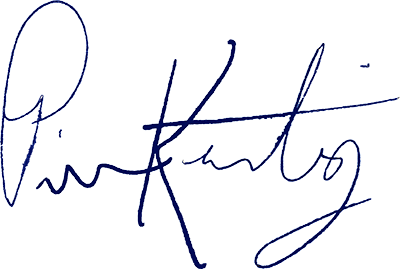In a conversation with a Duke University PhD student a few days ago, I brought up the question of the importance of a Personal Life in the Artist’s world. I was espousing that nowadays, the Artist is in need of not only a Personal Life, but a venue in which to connect with other Artists, and thus expand his or her Personal Life. I argued that such connection would have to be intimate; that is, close, vulnerable, and raw – in contrast to the more commonly accepted, traditional method of presenting the art for an audience of strangers.
The bright lady sitting across from me (a biomedical engineer) used a word which I really liked: “pockets.” She at first argued against my position, saying that an Artist doesn’t really need such a thing. She cited herself as an example, saying that she attended dance classes and taught yoga, so she already had her “social needs” filled through these “pockets.” She was also able, when engaging in them, to get her head out of the lab for a little while, a necessary way to refresh and reset. In addition, she didn’t view herself as an “Artist” in the traditional sense, because her mission is to solve a problem, to find a cure for a disease, and to do so in the most effective way possible. So she excluded herself from someone who creates something that can be interpreted subjectively, and for the purpose of relating purely on the basis of emotionality.
A bit heady I know, especially for afternoon coffee. Of course, I had a rebuttal. First off, I began, Artists have Personal Lives, which factor into the Art, to some degree. Also, it’s important to note that if your personal life is working out fine, you can disregard all of this. But for those of us who feel something lacking in that particular “pocket,” we must now choose to view the creating and presentation of Art in a different way. To me, it makes sense to now seek to, above all, make a true connection with someone who is involved in your Art process. This could be another Artist, or it could be a person viewing the Art – a fan or audience member. Really, it could be anyone. But it’s simply not enough anymore to simply present the Art, here it is, hope you enjoyed it, thanks for coming out.
To address the point about biomedical engineers, people who don’t see themselves as relying on subjectivity and emotion in their process but more on accuracy and pragmatism: I really didn’t see the two as being so different. True, Artists can afford to think more about their relationships, because so much of that “stuff” goes into their particular form of emoting (painting, writing, songwriting, and the rest). But engineers, doctors, activists, people who are out to solve a specific problem in the world, are involved in their own sort of creative process too. It may be better performed without personal “baggage” or “dirty laundry,” but it’s not like these activities function best by ignoring the experience of being human. In fact, one could argue, that being a biomedical engineer is no less fueled by a sense of the human spirit than being a musician is. Even when the biomedical engineer goes into the lab and asks her partner about his kids, and how his week is going, she is engaging on some level in an awareness of the value of social rapport. This is another way of saying, she is connecting, on a personal level, with someone who is involved in her process.
This is key when talking about the differences between the Artist and the Impresario. Both the Artist and the Impresario have “pockets” – but the Impresario truly recognizes the importance of those “pockets” not just for reasons of balancing his focus with other interests, but for the interpersonal value which they bring, which the Impresario simply cannot do without.
Thoughts? Reactions? Send them to me at piersonkeatingmusic@gmail.com. Thanks for reading!
